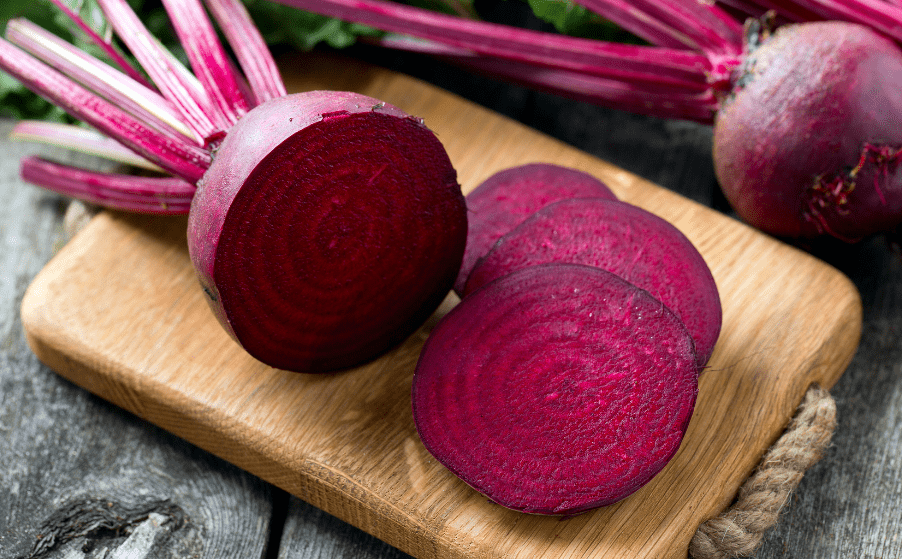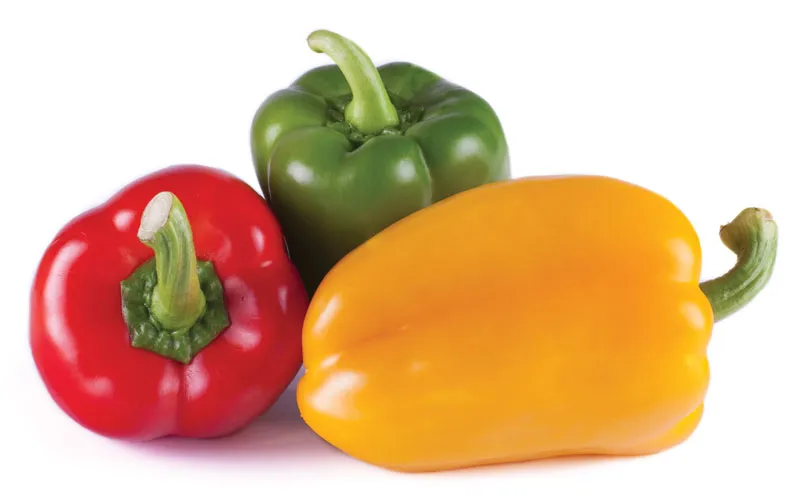
Description
Fruits are berries. They might be virtually spherical, oval, elongate, or pear-shaped, and, despite variations in green and purple, are usually red, crimson, or yellow. Two or more cells of small seeds wrapped in a jelly-like pulp make up each fruit.
Varieties
- Common tomato varieties
Although there are countless tomato types, some are more popular than others. This list of common tomato varieties will make it much simpler to browse your neighbourhood produce market.
Green Beefsteak: This tomato variety is perfect for pickling, frying, or grilling when it is picked when it is about the size of your palm.
Campari tomatoes, also referred to as cocktail tomatoes, are larger than cherry tomatoes but smaller than beefsteak tomatoes.
Heirloom tomatoes come in a variety of sizes and shapes. In general, they are roughly the size of your hand and quite spherical and bumpy in shape.
Roma tomatoes are part of the plum kind of tomatoes, which are oval-shaped and normally 3 to 4 inches long and 1 to 2 inches wide.
Cherry tomatoes are one of the tiniest tomato kinds available; they range in size from 1/2 to 1 1/4 inches.
- Unique Tomato Varieties
Sweet 100: This hybrid grows many tomatoes, each containing 100 or more exceptionally sweet cherry tomatoes, on long fruit-bearing stems.
It’s not an unripe green tomato, Green Zebra said. It’s a little tomato, about 3 ounces in size that when mature is a stunning shade of chartreuse with deep green stripes.
Kumamoto: This tomato, a stunning brown hybrid, derives its name from the city that serves as Japan’s main tomato-producing hub, but don’t mistake it for a local cultivar.

Uses
The fruits are frequently consumed fresh in salads, cooked as a vegetable, added to a variety of prepared foods, and pickled. In addition, it is processed into products including puree, paste, ketchup, tomato juice, and “sun-dried” or dehydrated pulp.
Nutrition
A raw tomato is mostly water (95%), has 4% carbs, and less than 1% of both fat and protein. Raw tomatoes have a low micronutrient content overall, however they do provide 18 kilocalories and a considerable quantity of vitamin C per 100 g of reference weight.
Cultivation
In colder climates, hothouses are usually used to cultivate the plant because it requires a lot of sunlight and rather warm temperatures. In order to keep the stems and fruits off the ground, tomatoes are frequently caged, tied, or staked. Consistent watering is additionally required to prevent fruit breaking and blossom-end rot.
Table





